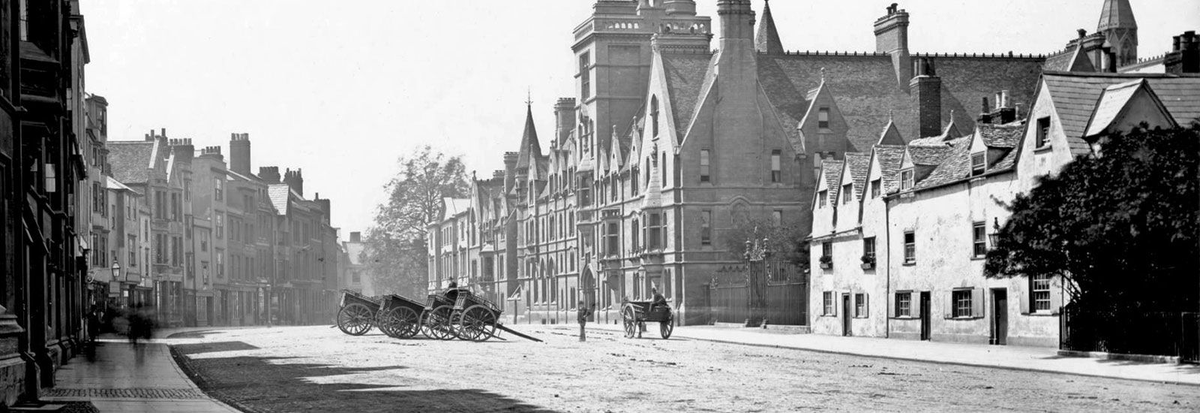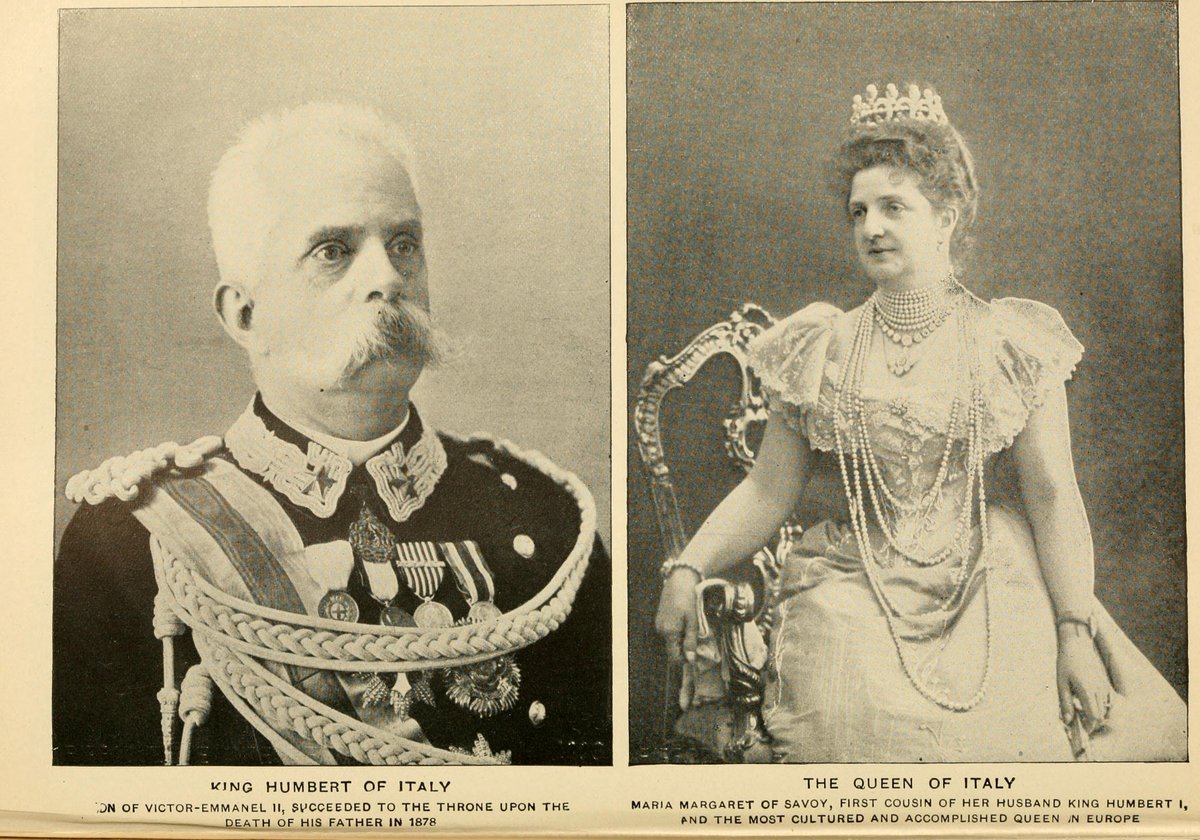
Paintings and depictions of Mughal emperor Babur made on the command of his grandson Akbar were based entirely on depictions from the memory of people who claimed to have seen him. This was because most people who had physically seen Babur died before Akbar. 

Most of these depictions were made by the late daughter of Babur, Gulbadan Begum. Akbar's artists carefully made these portraits of Babur and then had Gulbadan Begum examine them. 

Later in her life, Gulbadan Begum would become the first and most famous lady Mughal historian and chronicler. She also wrote the book Humayun-Nama on her half brother, the son of Babur and the father of Akbar, Humayun. 

@HachetteIndia @Timurid_Mughal @BiruniKhorasan @AudreyTruschke @DalrympleWill @UnamPillai @AKanisetti @mukhoty @MongolsSilkRoad
If you like history, please Follow and Retweet!
If you like history, please Follow and Retweet!
@threadreaderapp unroll
• • •
Missing some Tweet in this thread? You can try to
force a refresh


























